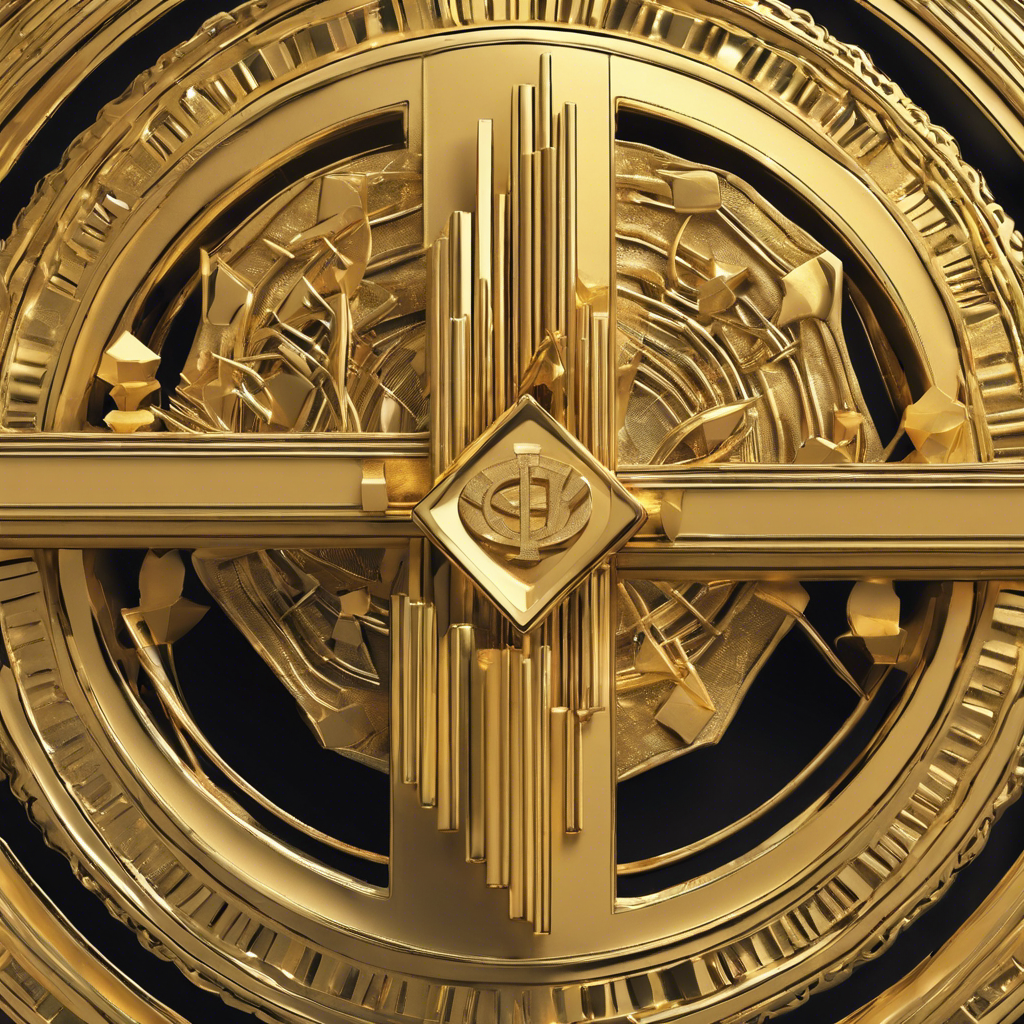Gold DAO: Bridging the Gap Between Traditional Gold and Decentralized Finance

Julien Aerni, CEO of DAO.Link, discusses the rise of asset tokenization and the launch of Gold DAO, a decentralized version of gold.
The world of decentralized finance (DeFi) has witnessed a groundbreaking development with the emergence of asset tokenization. Real-world asset (RWA) protocols have gained immense popularity by enabling the digitalization and tokenization of traditional assets such as real estate and precious metals. Among these, gold has emerged as a key focus, attracting investors seeking stability and a hedge against inflation. In this interview, Julien Aerni, CEO of DAO.Link, sheds light on the dynamics of RWA tokenization and introduces Gold DAO, a revolutionary initiative aiming to create a decentralized version of gold.
Gold vs. Crypto Assets: Investor Interest and Market Dynamics
In terms of investor interest and market dynamics, RWAs like gold offer stability and serve as a safe haven for investors seeking inflation-resistant assets. Cryptocurrencies like Bitcoin, on the other hand, appeal to those looking for high-risk, high-reward investments. Stablecoins provide a lower-risk exposure to the crypto market.
Introducing Gold DAO: A Decentralized Version of Gold
Gold DAO, the latest initiative by DAO.Link, aims to bridge the gap between the physical and digital worlds by tokenizing gold in a fully decentralized manner. By overcoming traditional challenges associated with gold investment, such as storage and transportability, Gold DAO aligns closely with DAO.Link’s vision of launchpadding real-world entities into decentralized autonomous organizations (DAOs) on the blockchain.
The Three Phases of Gold DAO
Gold DAO operates through three distinct phases. The first phase involved the tokenization of physical gold into digital assets called Gold NFTs, representing ownership of physical gold. The second phase focuses on the development and integration of GLDT tokens, which are fungible and represent digitized gold. The final phase aims to develop a gold-backed stablecoin, providing a stable and reliable digital currency option backed by the tangible value of gold.
Navigating the Legal and Regulatory Landscape
Gold DAO operates independently outside the traditional regulatory framework, similar to Bitcoin. However, individuals or entities engaging with Gold DAO must comply with existing legal standards, including Know Your Customer (KYC) and Anti-Money Laundering (AML) regulations.
Tokenizing Physical Gold: Technological and Logistical Steps
The tokenization of physical gold on the Gold DAO platform is facilitated by the ORIGYN protocol, an RWA certifier. The process involves collecting biometric data of the physical gold, registering it inside each ORIGYN NFT, and conducting third-party verification to ensure secure storage.
Ensuring Authenticity and Ownership through Blockchain
Gold DAO ensures the authenticity and ownership of gold through secure storage in top-security vaults in Switzerland. The gold is audited regularly by KPMG and an independent oracle, with audits available for public scrutiny. The use of blockchain technology and the ORIGYN protocol further authenticate the gold.
Governance Model of Gold DAO
Gold DAO’s governance model revolves around GLDGov tokens, which serve as governance tokens. Token holders can vote, propose initiatives, and earn rewards based on participation. The community’s active involvement incentivizes informed decision-making and strategic planning for the project’s future.
Social and Economic Impacts of Gold Tokenization
Making gold more accessible through blockchain technology can lower barriers to entry, increase liquidity, and diversify the investor base. It empowers individuals globally, particularly in regions with limited access to traditional banking or investment opportunities, fostering financial inclusion and offering a stable investment alternative in economies with high inflation or currency instability.
Collaboration with Traditional Gold Market Stakeholders
Gold DAO has received positive feedback from key players in the gold industry, signaling the opening of new markets and the creation of innovative solutions. Collaboration with established entities such as Metalor demonstrates how Gold DAO integrates with traditional markets while expanding its reach and potential.
Conclusion:
Gold DAO’s innovative approach to tokenizing gold and creating a decentralized version of the precious metal has the potential to revolutionize the gold market and bridge the gap between traditional finance and decentralized finance. With its three-phase approach, Gold DAO aims to enhance the accessibility, utility, and integration of gold within the digital and decentralized finance landscapes. As Gold DAO continues to evolve, exciting developments lie ahead, including the launch of stablecoins and new partnerships that will create real value in the world of decentralized finance.

